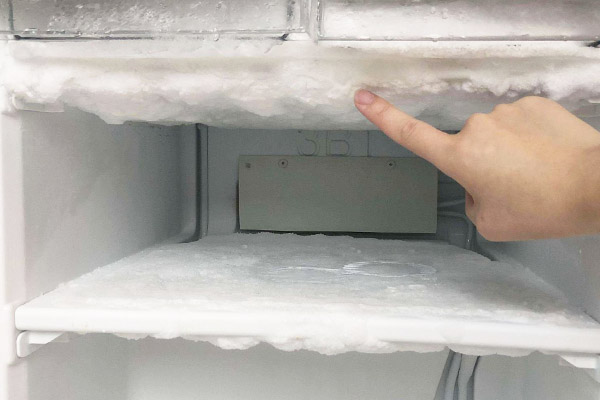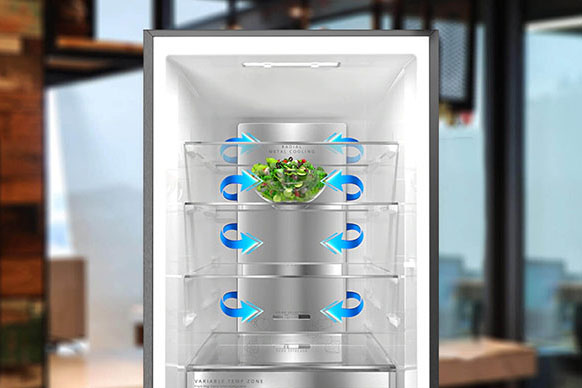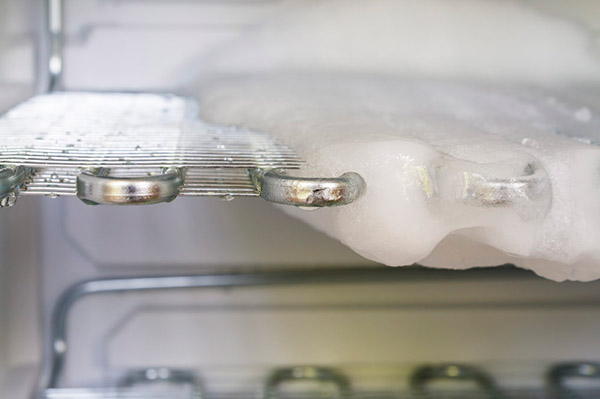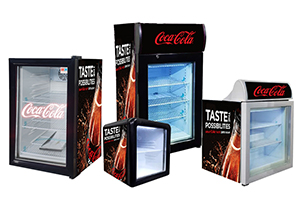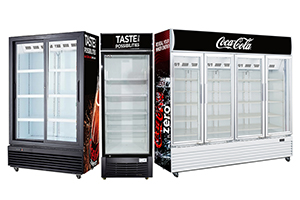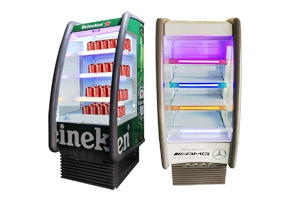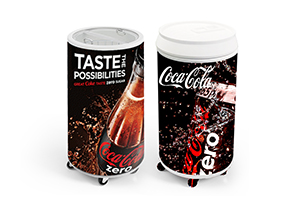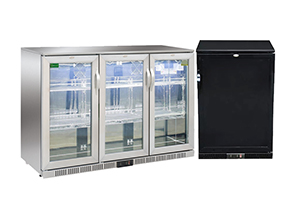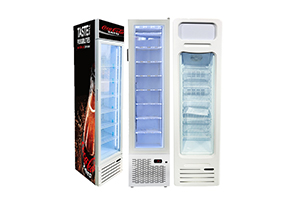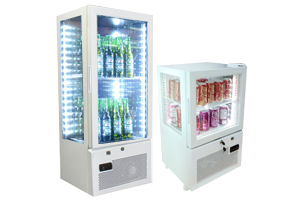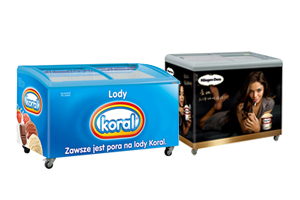Refrigerators are extensively used for residential and commercial application to help store and keep food fresh for longer, and prevent spoilage to cause wastage. With a commercial refrigerator, the quality of food can be maintained for long time, especially for supermarkets or restaurants, they need to store numerous amount of food and drink, having a refrigerator can ensure them to have sufficient supplies to serve their customers. However, even though we have a refrigerator, some unwanted wastage and loss sometimes still inevitably occur due to improper use or maintenance. To ensure our refrigeration equipment to run in a perfect condition, we need to learn its working principle to help maintain properly.
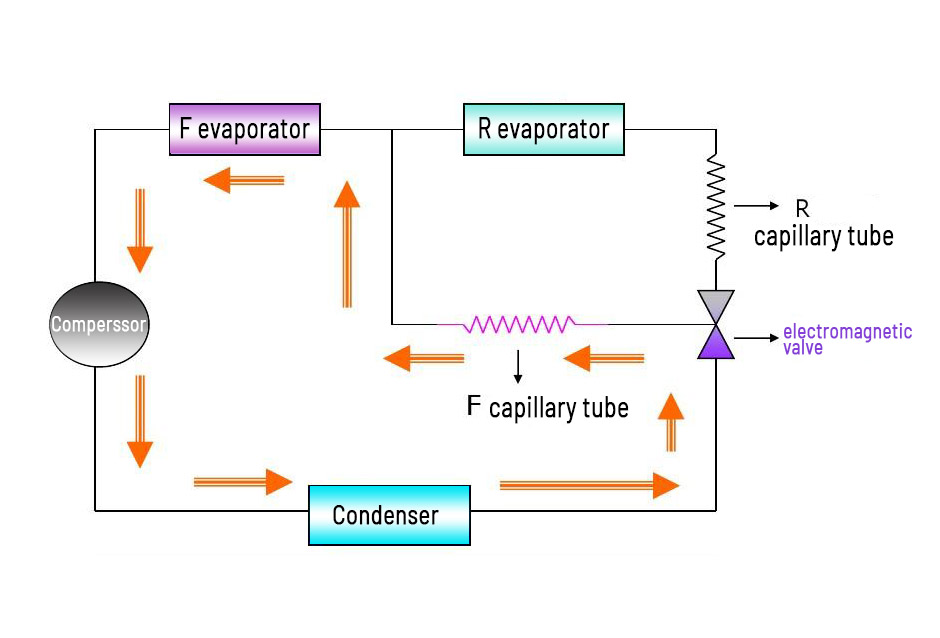
Why Learning Refrigeration's Working Principle Is Necessary
How does refrigeration system work? The working principle of refrigeration is based on cycle movement system, which has refrigerant that is hermetically encapsulated in it and is pushed to move from evaporator to condenser in different forms. Such a system is working with the purpose of cooling down temperatures in the storage section. Learning how your commercial refrigeration equipment operates is helpful for you to know hot to effectively clean & maintain refrigeration system. By understanding the working principle and knowledge of refrigeration, you will benefit from the efficiency of your equipment. For example, learning that set your commercial refrigerator in a ventilating position can help prevent its overwork and lower the power consumption.
What Components Are Included In Refrigeration System?
As it mentioned above, refrigeration is a cycle system that includes some mechanical parts and components, which include compressor, condenser, expansion / throttle valve, evaporator, etc. additionally, refrigerant is the crucial substance to transfer the interior heat to the condenser outside. Each component has its specific function to push the refrigerant to flow circularly in this cycle system, and the refrigerant is circularly transformed into gas or liquid, these movements can cause the cooling effect to pull down the storage temperatures.
Let’s learn more details of the refrigeration components.
Compressor
The compressor is considered as the power to push the refrigerant to flow in the the refrigeration cycle system, and this component includes a motor for drawing the refrigerant vapor from the evaporator and compressing it in a cylinder to raise its temperature and pressure, so that the refrigerant vapor can be easily condensed by the air and water with room temperature when it is pushed to the condenser.
Condenser
Condenser is a heat exchanging device, which includes a set of tube coils and fins that are fixed at the back or sides of the refrigerator. When the refrigerant vapor with high pressure and temperature pass by here, it will be condensed to transform into a liquid form with room temperature, but the liquid refrigerant still comes with high-pressure.
Expansion Valve
Before the liquid refrigerant get into the evaporator, its pressure and temperature are pulled down to saturation state by the expansion valve when it flow through. A sudden drop in temperature and pressure can cause to a refrigerating effect.
Evaporator
The evaporator is also a heat exchanging device. The refrigerant liquid with low temperature and pressure flow into this device to be evaporated into vapor, which absorbs the heat of the air in the refrigerator, such a process contributes to the ultimate goal of chilling down the stored foods and drinks. The lower the refrigerant in the evaporator, the lower the temperature of the stored items.
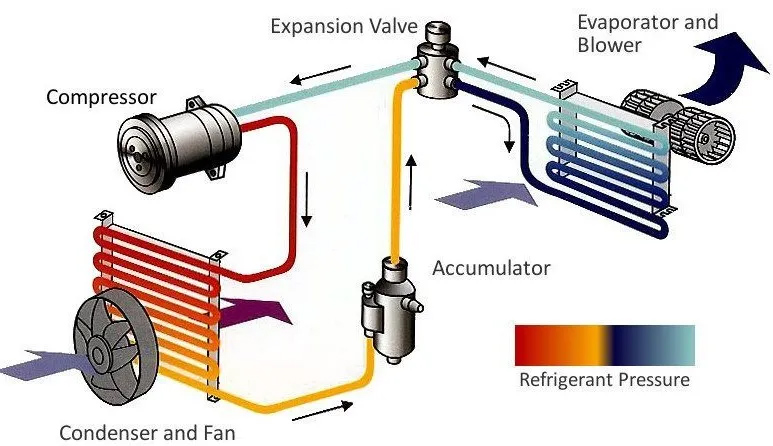
How Does Refrigeration System Work?
The components mentioned above are contacted by tubes to form a cycle system. When the system works, the compressor inhales the low-temperature and low-pressure refrigerant steam generated by the evaporator into the cylinder. When the pressure (temperature also rises) is slightly greater than the pressure in the condenser, the high-pressure refrigerant steam in the cylinder is sent to the condenser. (so, to play the role of a compression and transmission of refrigerant compressor) within the condensing refrigerant of high temperature and high pressure steam and low temperature air (or water) at room temperature for heat transfer and condensation of liquid refrigerant, the liquid refrigerant after expansion valve cooling (buck) into the evaporator, within the evaporator absorbs heat and then vaporizing object to be cooled. In this way, the cooled object is cooled and the refrigerant steam is sucked away by the compressor, so in the refrigeration system through compression, condensation, expansion, evaporation of four processes to complete a cycle.
Read Other Posts
What Is Defrost System In Commercial Refrigerator?
Many people have ever heard of the term “defrost” when using the commercial refrigerator. If you’ve had used your fridge or freezer for a while, over time...
What’s The Difference Between Static Cooling And Dynamic ...
Residential or commercial refrigerators are the most useful appliances to keep food and drinks fresh and safe with cold temperature which ...
How To Prevent Your Commercial Refrigerators From Excessive...
Commercial refrigerators are the essential appliances and tools of many retail stores and restaurants, for a variety of different stored products that are ...
Our Products
Customizing & Branding
Nenwell provides you with the custom & branding solutions to make the perfect refrigerators for different commercial applications and requirements.
Post time: Nov-12-2021 Views:

